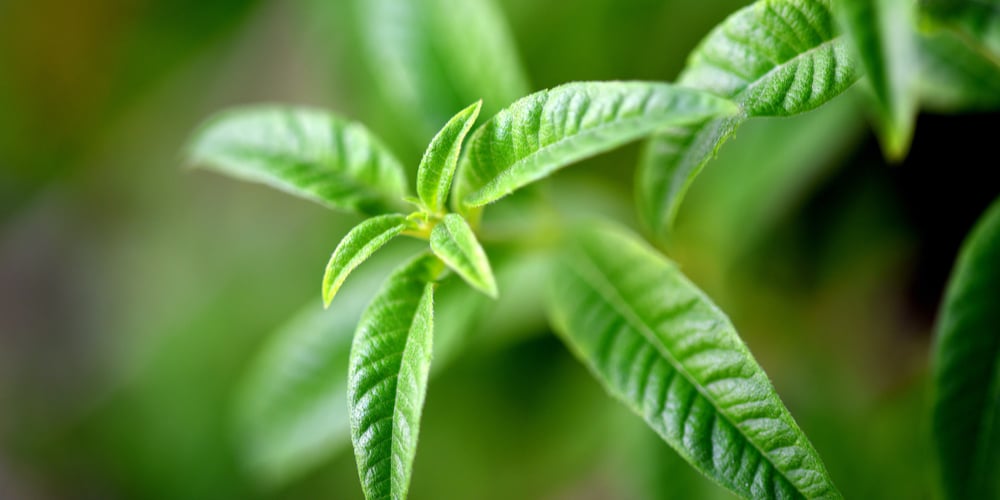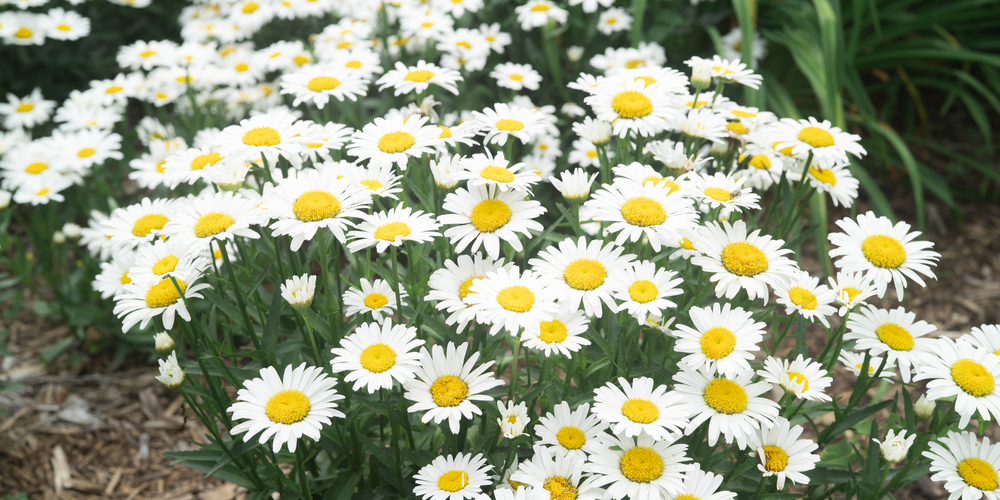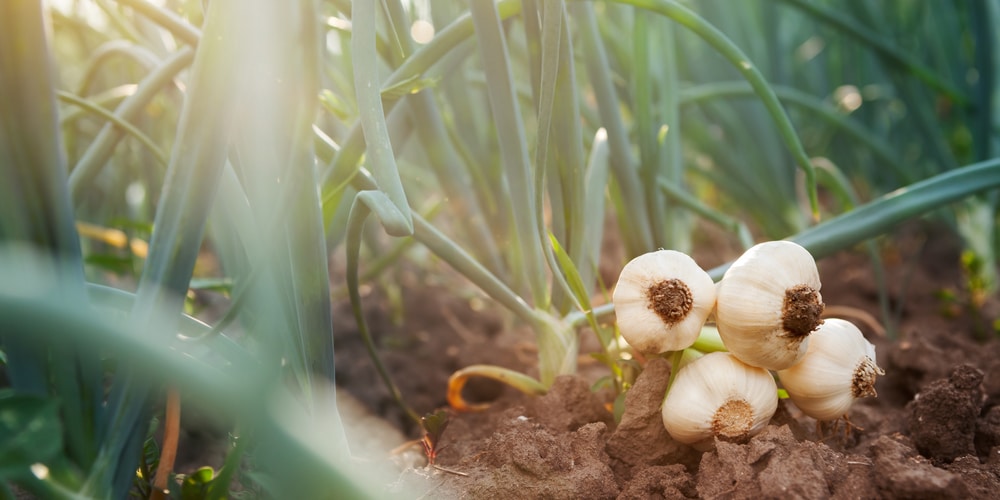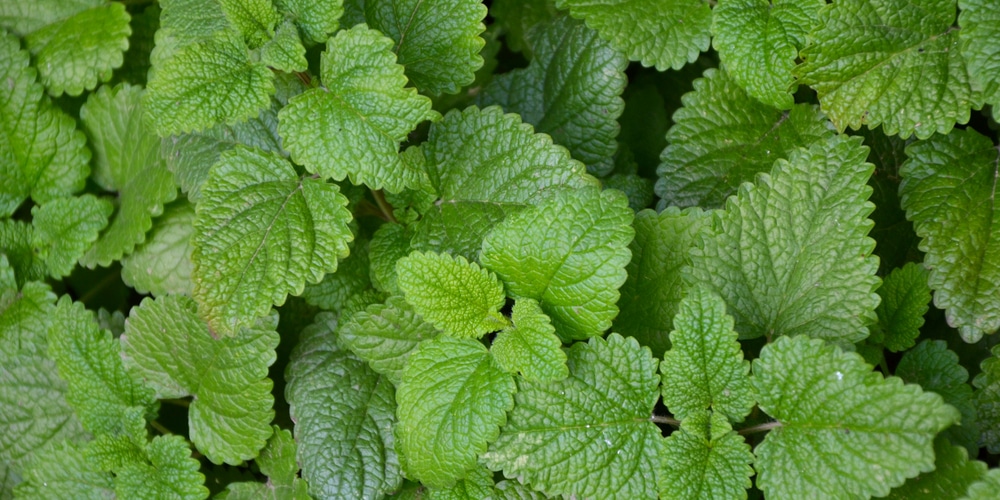Lemon verbena, scientifically known as Aloysia citrodora, is a great plant choice in USDA zone 6. It has a short life span, which means it may require replacement after about two or three years. Most people that plant it prefer treating it as an annual plant because of its quick flowering capacity in its first year. Understanding the probable companion plants for Aloysia citrodora is critical in helping to manage pests, animals, or diseases that may hinder its growth and prosperity. Let’s look at lemon verbena companion plants!
What is Lemon Verbena?
Growing Lemon Verbena requires intensive care and protection since pests such as thrips and spider mites often get attacked. This begs the question, “Which are the most potent lemon verbena companion plants?” Finding the best companion plants for Aloysia citrodora requires understanding its growth requirements since the select plants should also thrive in the environs where Lemon verbena thrives. Typically, Lemon verbena flourishes when grown in warm, sunny, and sheltered areas.
Most Potent Verbena Companion Plants
Typically, companion plants benefit the plants in that they are grown together in several ways. The most common involves repelling the pests that damage the plants or attracting predators that feed on the pests. Therefore, gardening experts have encouraged the growth of such plants near plants that are often invaded by pests.
Dill
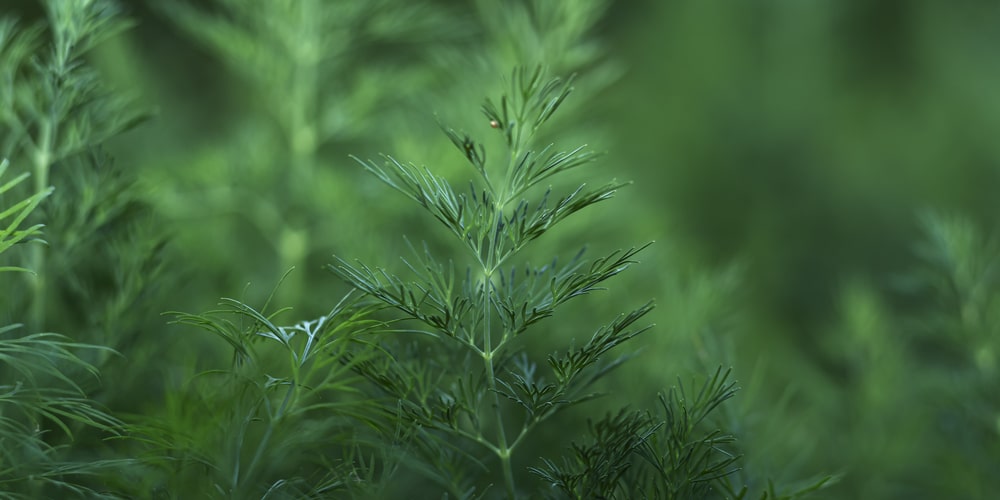
This is a plant that is quite popular in the kitchen and is planted by scattering its seeds in the preferred site, covering them with soil, and finally watering them adequately. They do well in the sun, rich and poor soil, and dry or damp conditions.
Cilantro (Coriandrum sativum)
This is a plant that is quite significant in several dishes, including Asian and Mexican dishes. It is the typical coriander seed. Growing cilantro involves preparing the seeds by crushing their husks and soaking them for twenty-four to forty-eight hours to enhance their germination chances. Afterwards, put them into the soil and cover them. Cilantro requires cool but sunny environments to flourish.
Basil (Ocimum basilicum)
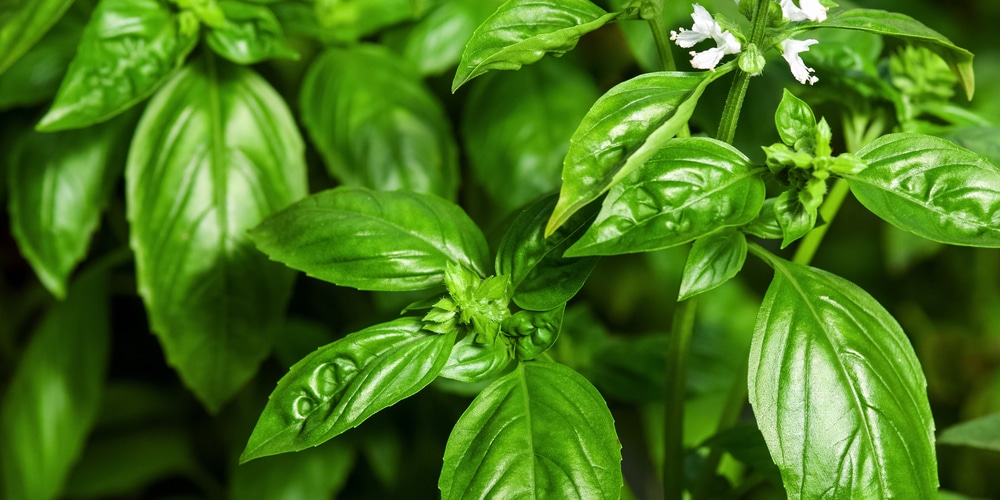
Often termed the king of herbs, this is the most common plant in home gardens. Its requirements involved sufficient sun exposure, good drainage, and mild temperature. The plant plays a great role in keeping thrips away and, therefore, is a great companion plant.
Shasta Daisies (Chrysanthemum x superbum)
This is a great plant that is a low maintenance plant that fills bare areas in the landscape. Its growth requirements include good drainage, light shades, fertile soils. They are short-lived and require replacement after a few years. Shasta Daisies have exhibited characteristics that help to keep the spider mites at bay and attract their predators; therefore, they are suitable companion plants for Lemon Verbena.
Garlic (Allium sativum)
Garlic is a common addition to the kitchen garden, requiring growth in cool temperatures. It is great for food seasoning. Like Shasta Daisies, it also plays a significant role as a companion plant by keeping the spider mites at bay.
Lemon balm (Melissa officinalis)
This is a Mediterranean herb with a long life span of up to 20 or 30 years. It exhibits rapid growth characteristics. The gardener is responsible for pruning it regularly lest it colonizes the entire garden. It flourishes in gardens and pots and has a great lemon aroma that makes it quite popular. Its robust pest and disease resistance characteristic is the central quality that confers its suitability as a companion plant for growing with Lemon Verbena.
Lemon Verbena Companion Plants: Final thoughts
Several other companion plants can be grown near Lemon verbena that includes but are not limited to, Beebalm, Apricot, Apple, Lemongrass, and Alfalfa. It is, however, critical to note that Lemon verbena exhibits a problem since it has numerous pests that can infest it. This is dependent on the region where they are planted, with some of the common being scales, mites, aphids, and leaf miners.
It is important to understand the various ways of dealing with each pest since some companion plants may only be specific to certain pests. In some instances, introducing predators such as ladybugs to complement the companion plants is essential. Furthermore, insecticidal oils and soaps also play a significant role.
